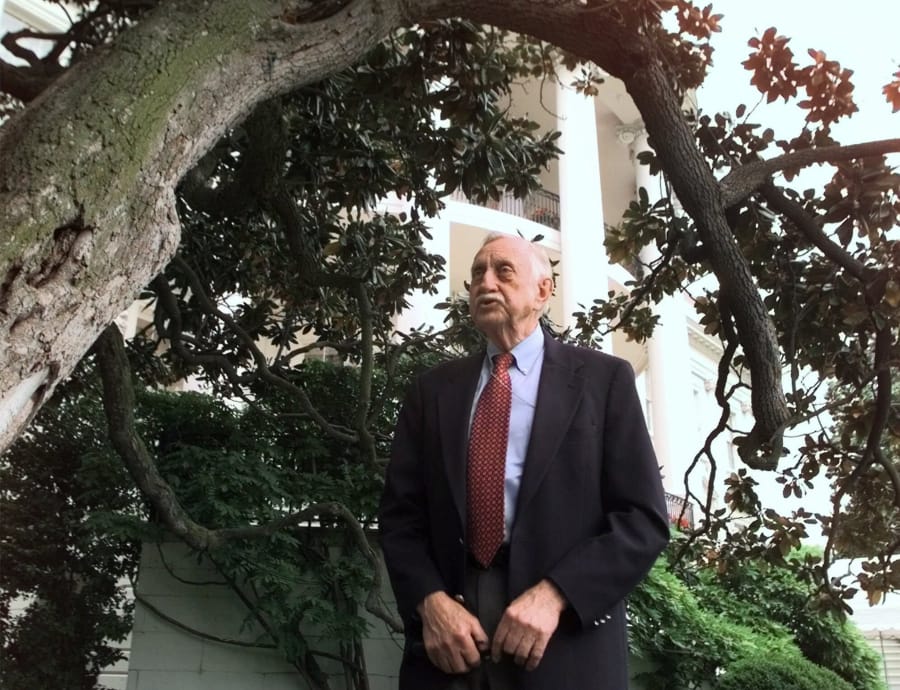Irvin Williams, whose horticulture career spanning the Kennedy to the George W. Bush administrations made him the longest-serving gardener in White House history and who was a key figure in the creation of the Rose Garden, died Nov. 7 at a hospital in Reston, Va. He was 92.
The cause was renal failure, said a son, Bruce Williams.
Williams, tall and dapper, with a silver mustache as groomed as his South Lawn greensward, was averse to publicity during his 46-year tenure but had a pivotal role in maintaining the continuity and integrity of the historic landscape — and making sure the turf was fixed after the annual Easter Egg Roll.
He was appointed White House head gardener in 1962 and retired in 2008, but as a government horticulturist he had worked on White House garden projects going back to the Truman era.
While charged with installing such landscape additions as President Gerald R. Ford’s swimming pool and first daughter Amy Carter’s treehouse, he did so without compromising the master plan laid down by landscape architect Frederick Olmsted Jr. in the 1930s, said historian Jonathan Pliska.
Preserve, propagate
Williams knew each of the 400 trees on the grounds and led a team charged with preserving specimens — or propagating their offspring — going back to the time of President John Quincy Adams.
“No president, maybe except for Thomas Jefferson, has had as big an impact on the garden as Mr. Williams,” said Pliska, author of “A Garden for the President.” “He’s on the Mount Rushmore of who’s contributed the most, and he’s unfortunately one of the least known. But that’s how he wanted it.”
Although he had little formal training, Williams’ horticultural skills, work ethic and high standards secured him a spot as superintendent of the District’s Kenilworth Park and Aquatic Gardens, where the White House had its working greenhouses. From the mid-1950s he was regularly assigned to landscape projects at the White House and took up his full-time supervisory post there in 1962.
Williams was the last surviving member of the team behind the modern-day Rose Garden.
Early in his presidency, John F. Kennedy wanted a complete reworking of the West Garden outside the Oval Office to establish a space that could be used as an outdoor stage for ceremonies. The old garden was a dull confection of clipped privet hedges, and the narrow steps connecting it to the president’s office were an awkward spot for addressing events.
Kennedy turned to his wife’s friend, garden designer Rachel “Bunny” Mellon, to design the new garden. Mellon sought design counsel from landscape architect Perry Hunt Wheeler. She had just four months to create a design and build and plant the garden.
“Her approach was to find an individual she could communicate with, one who knew horticulture and gardening, could manage a work crew on short deadlines, and was aware of the particular and sometimes peculiar ways of the White House,” historian William Seale wrote in the journal of the White House Historical Association. “It seemed at first a daunting task, but it did not turn out to be. Close at hand was Irwin M. Williams.”



